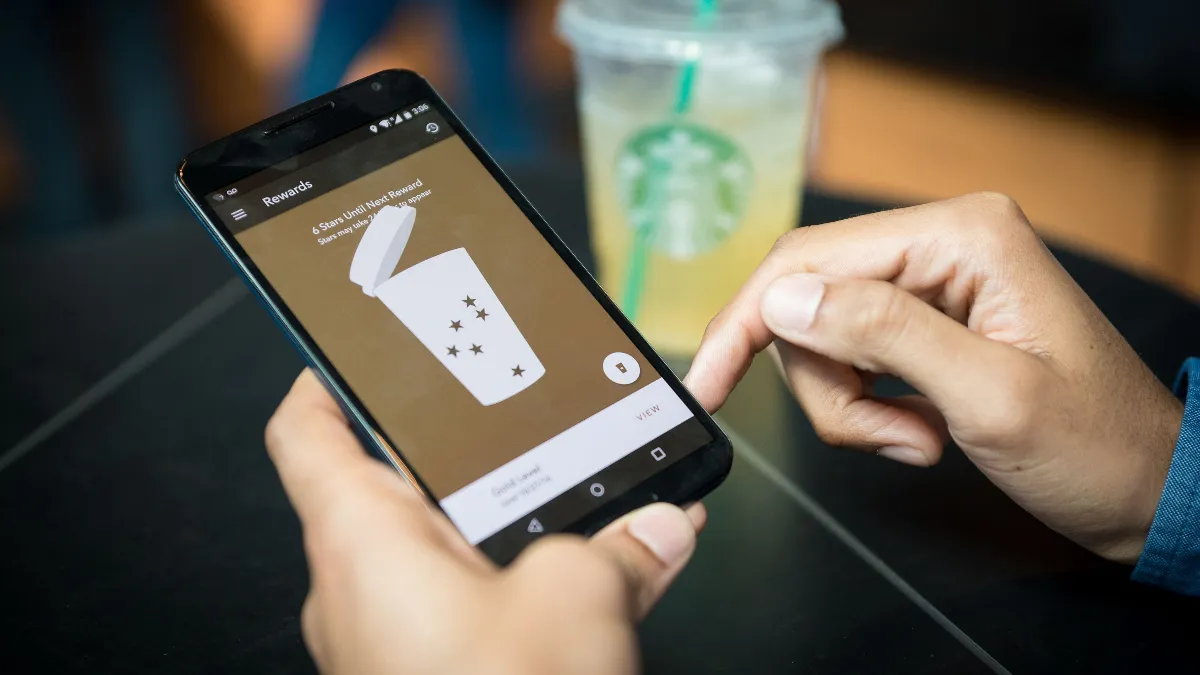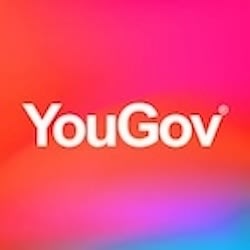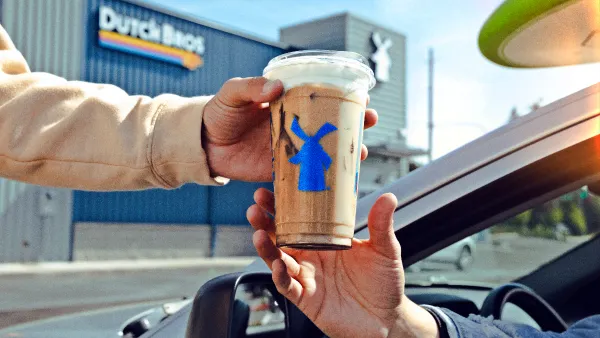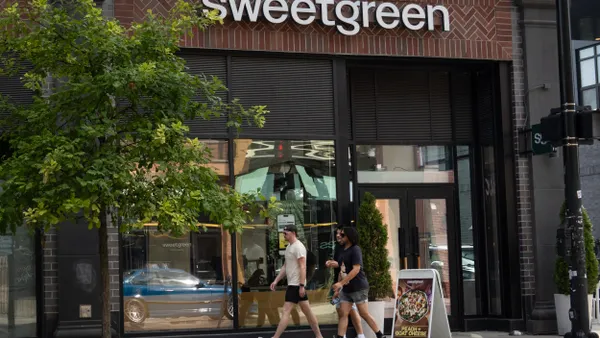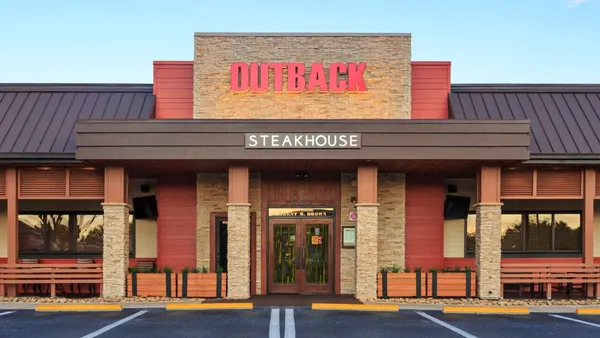Dive Brief:
- Active Starbucks Rewards membership grew by 3.2 million members to 27.4 million, up 13% year-over-year during the company’s fiscal Q3 2022, interim CEO Howard Schultz said during the company’s earnings call Tuesday.
- Rewards members made up 53% of U.S. company-operated revenue while mobile order and pay, drive-thru and delivery drove 72% of the U.S. revenue, Schultz said.
- Loyalty members provide greater insights on customization and tend to engage more with the brand, executives said. Schultz added its rewards program could also be used to provide discounts and value if the economy were to take a significant downturn.
Dive Insight:
Starbucks’s rewards program helped drive an increase in traffic across Starbucks’ North American business. Company-operated stores delivered record average weekly sales, including five of the top 10 grossing sales days in the company’s history, and a $410 million sales week, Schultz said. Licensed stores in the continent, which are at 7,000, boosted revenue by 24%.
While customer counts hit a record during the quarter, rewards customers increased more than non-members, Starbucks EVP and CFO Rachel Ruggeri said. Member spend, which was larger than nonmembers, also was at an all-time high. Ruggeri credited strategic pricing, additional premium beverages and more personalization in driving increased member engagement.
“We think that has a benefit for us over the longer term, particularly as we continue to personalize the experience more uniquely so that we can have a deeper relationship and engagement with the customer,” Ruggeri said.
Customers continue to order cold beverages, for example, which now make up 75% of beverage sales at U.S. company-operated stores, Schultz said, adding that unlimited customization options for guests provides Starbucks with a competitive advantage.
Growth in customer engagement is also occurring despite rising prices, which went up 5% over the last 12 months, according to Schultz.
“We are not currently seeing any measurable reduction in customer spending or any evidence of customers trading down,” Schultz said.
Net revenues were up 13% overall in the continent due to a shift toward premium cold beverages, customization, strategic decisions on food and beverage pricing and a 19% boost in food sales, Schultz said. And in the U.S., comp sales were up 9%, primarily due to an 8% increase in average ticket.
Different formats, especially growth in the drive-thru, are helping increase convenience as well. In May, Schultz told investors that the company will accelerate the store growth with 90% of new stores continuing a drive-thru. He also said in July the company will undergo a reinvention that included creating more personalization for customers, although during the Tuesday call, he said more details about this plan would be revealed in September during the company’s Investor Day.



